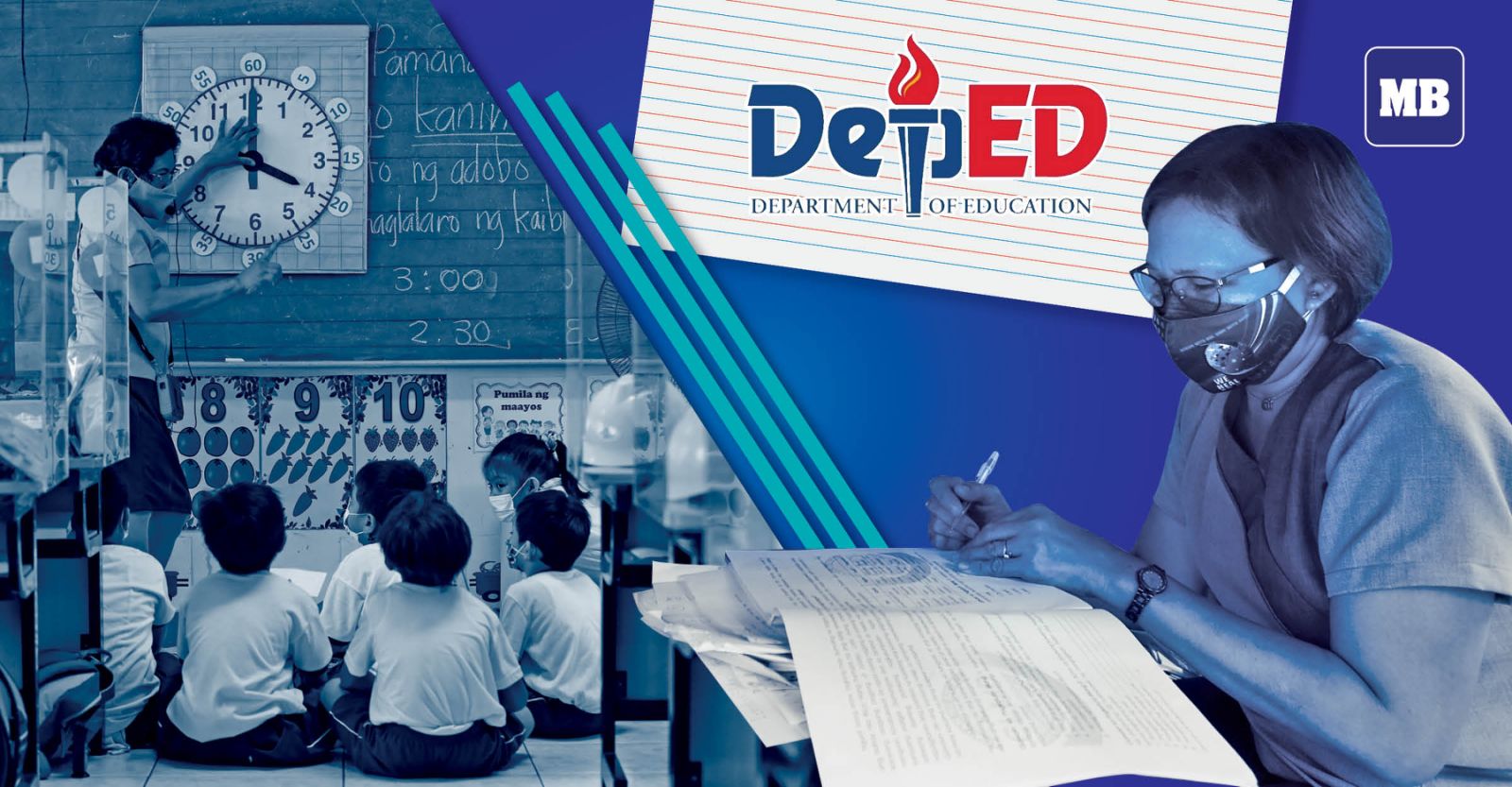'We're hopeful': DepEd eyes improved learning outcomes of Filipino learners
PISA 2022 results showed students in the Philippines still fall behind in math, reading, and science
The Department of Education (DepEd) on Wednesday, Dec. 6, expressed hope that the performance of Filipino students would significantly improve with all the education reforms in place.

DepEd, in a national forum, formally released the results of the 2022 Programme for International Student Assessment (PISA) which showed that there were no significant improvements in terms of mathematics, reading, and science among Filipino students compared to the 2018 cycle.
“There’s hope because we see a percentage of our students reaching the minimum level of proficiency but we have to work on the more than 75 percent of our students in the Philippines who are below the minimum level of proficiency in mathematics, science, and reading,” DepEd Undersecretary for Curriculum and Teaching Gina Gonong said as she presented the PISA 2022 national report.
PISA results 2022
In the latest cycle of PISA, Gonong noted that between 2018 and 22022, the performance of 15-year-old students in the Philippines in the three subject domains “remained stable” despite the Covid-19 pandemic.
In math, Gonong said that the Philippines is 76th out of the 81 countries under the Organisation for Economic Cooperation and Development (OECD) countries.
The OECD average, Gonong said, is at Level 2 or a score of 472. The Philippines’ average is at Level 1b or a score of 355.
However, she pointed out that some disadvantaged students in the Philippines were able to “score in the top quarter” of mathematics performance in the country.
In reading, Gonong said that the Philippines ranked 79th out of 81 countries. The OECD average is at Level 2 or a score of 476. The Philippines is at Level 1a or a score of 347.
In science, the Philippines ranked 80th out of the 81 countries. The OECD average is at Level 3 or 485 score points. The Philippines is at Level 1a or a score of 356.
READ:
https://mb.com.ph/2023/12/5/pisa-2022-no-significant-improvements-seen-in-ph-students-performance
‘Bit of good news’
While the overall performance of Filipino students in math, science, and reading, remained dismal, Gonong pointed out that there were “improvements” in terms of scores.
“In math, there are two score points improvement and in reading, there are seven score points improvement,” Gonong said. In science, however, a drop of one point was noted.
“While there are improvements in terms of score points, they are not statistically significant — the levels remain,” Gonong said. “We have not moved out of the levels,” she added.
When it comes to achieving the minimum level of proficiency, Gonong pointed out that similar to 2018, still a “large portion” of 15-year-old students, or more than 75 percent in the Philippines were “below the minimum level” of proficiency in mathematics, science, and reading.
Based on the PISA 2022 results, 16 percent of students achieved the minimum level of proficiency in math, 24 percent in reading, and 23 percent in science.
In terms of regions’ performance, Gonong said that the National Capital Region (NCR) and Region IV-A “achieved average scores that were statistically higher than the national average in all three subjects.”
However, those in Region 10 (reading and math) and Region 9 (math) scored statistically lower than the national average.
“The scores of the remaining regions in all other domains were statistically the same as the national average,” Gonong explained.
Meanwhile, Gonong also pointed out that the averages of NCR and Region 4A in mathematics were one proficiency level (level 1a) higher than the national average proficiency (level 1b).
“Compared to 2018, there was no significant change in the performance of all the regions,” she said.
Meanwhile, Gonong pointed out that NCR, CAR, and Region 4A have the “largest shares” of students who have reached the minimum level of proficiency in reading, science, and math.
“In NCR, some 1 percent of students reached level 5 in mathematics,” she added.
In the same regions, Gonong said that almost half of students in NCR and 2 in every 5 students in CAR achieved at least the minimum proficiency in reading with “some students achieved Levels 4, 5 and 6.”
In science, Gonong said that at least 2 in every 5 students in NCR and CAR achieved Level 2 or above in science. “In NCR, some 1 percent reached Level 5,” she added.
Reforms in place
Following the 2022 PISA results, Gonong said that there are reforms that DepEd is currently taking under the MATATAG agenda such as the national learning recovery program, pilot implementation of MATATAG curriculum, professional development of teachers and school leaders, career progression of teachers, removal of non-teaching tasks
“Education is not just a business of DepEd,” Gonong said. “To be successful, to improve learning outcomes, to improve our performance, there has to be a multi-sectoral approach,” she added.
In a press conference, Gonong said that DepEd intends to participate in the next cycle of PISA in 2025. She added that preparations are also in place.
As DepEd prepares for the next PISA cycle, Gonong expressed hope that there will be better results in terms of learning outcomes. “We’re hopeful. The results [of PISA 2022] gave us hope that we can do it,” she said in a mix of English and Filipino.
RELATED STORY:
https://mb.com.ph/2023/12/5/how-did-ph-learners-fare-in-the-2022-pisa